Few politicians bounce back after a decade and a half in relative oblivion. However, the BJP, which justified sidelining leaders like L.K. Advani, Murli Manohar Joshi and Yashwant Sinha on the ground that they had crossed the age of 75, has already made an eye-popping exception for Subramanian Swamy, who will be 77 this September.
Returning to Parliament for the first time since 1999 as a presidential nominee to the Rajya Sabha, Swamy has taken to his role as the party’s inquisitor-in-chief with an enthusiasm that has galvanised BJP cadres and supporters. He lives up to his reputation of being feisty when we catch up with him at his government bungalow on Pandara Road.
His staff claim he is the second-most popular leader on Twitter after Prime Minister Narendra Modi. And he himself says 70 per cent of his tweets are tweets sent to him by his 2.6 million followers on Twitter. “The percentage is seven to nine per cent at best in the case of other leaders,” he says. He follows 101 Twitter handles, we point out, and ask him to name three of his favourites. “They are all news agencies,” he says dismissively, with a wave of his hand. Excerpts from an interview with Uttam Sengupta:
Thank you, Dr Swamy, for giving this interview at short notice.
This is the first time I am speaking to Outlook since 1997, when you carried a ‘front page news’ at the behest of Sonia Gandhi that I had engaged with the Israelis to kill Rajiv Gandhi.
Since you raised it, I am told you claim to have been a friend of his....
I was a buddy...we had very friendly relations. Remember, I was an enemy of the LTTE and the CRPF that you see here was deployed from that time by way of protection. This was withdrawn in 2004 and now it has been restored.
Is it true that you never blamed Rajiv Gandhi for Bofors and held Arun Nehru more responsible?
When I was the law minister, Rajiv Gandhi himself asked me in Parliament what I had found in the Bofors case. Somebody must have told him that I was studying the file. So I told him I’d found out that he had got the boot and ‘they’ got the loot. We both laughed.
“Initially, Modi went by what friends told him. They told him if he was nice to Sonia, she’d allow him to work. He’s learnt this is not true.”
By ‘they’ who did you mean?
Sonia and her brother-in-law.
But nothing came out of Bofors, and the evidence against Sonia in the AgustaWestland deal appears thin at best.
We are not saying at this point that she is guilty. All that we are saying is that there is a prima facie case against her and others which calls for an investigation, including interrogation.
The handwritten note in the annexure of the Italian court’s judgement has several other abbreviations, including CVC, DG (Acquisition) etc, not just AP...
We are not relying only on the handwritten note. Our case is based on two documents, the CAG report and the Italian court’s order. The order makes it clear that the Government of India did not provide the Italian prosecution with any information other than the CAG report and the original contract. We are asking whether there was an obstruction of justice.
You had opposed the Rafale deal for French fighter jets as well.
Yes, that deal was finalised by two women. One was [Carla Bruni] the wife of the then French President Nicholas Sarkozy and the other was Sonia Gandhi. The price was too high and bribing was involved. That’s why I was opposed to it.
“I was informally sounded for the JNU V-C’s post. And I informally told them a joint secretary can ask the V-C to leave, so give me a cabinet rank. And BSF.”
Are you satisfied at the fresh negotiations by the Modi government for Rafale jets?
Defence minister Parrikar had asked me if I would mind if the government purchased 32 Rafale jets from France. I told him I had full faith in him and I am satisfied with the way he has carried out the negotiations. Why, he has already reduced the price by one-third and the deal is not yet done.
You have tweeted about your meeting with Prime Minister Modi for the first time after you took oath as a member of the Rajya Sabha. How do you assess his performance in the last two years?
It has been a learning period for Modi. And he has learnt. Gujarat was a much simpler place, where everyone is business-minded and do their work. There you could decentralise. But Delhi, historically, has been far more complex and is known for intrigues. But he is committed to what he had promised and I have a feeling that the next three years are going to be glorious.
What do you think he has learnt?
Well, for example, he initially went by friends. On cooperation with the Congress, they told him that if he was nice to Sonia Gandhi, she would allow him to work and do what he wanted. But he has learnt the hard way that this was not true and therefore there has been a correction.
But hasn’t it been the other way round? The PM has been attacking the Gandhi family from the beginning, talking of a Congress-mukt Bharat...
No, not at all. Congress-mukt Bharat was said during the elections. Mere speeches mean nothing. The government took no interest in the National Herald case, for example. It did not expedite the chargesheet against [former Union finance minister] P. Chidambaram in the Aircel-Maxis case. It took a letter from me to the prime minister for the government to remove the head of the Enforcement Directorate, who was a relative of a UPA leader and was working to safeguard interests of the Congress...but by then the government had given him four extensions.
“It has been a learning period for Modi. I feel the next three years will be glorious.”
So, your nomination to the Rajya Sabha....
Yes, my nomination to the Rajya Sabha is a part of that (correction). It was made clear to him (the PM) that if I was nominated, she would not cooperate. And from day one this has been clear....
Will your role then be confined to the Rajya Sabha? Are you ruling out induction into the cabinet?
I do not know that. Even this nomination to the Rajya Sabha, I was not aware. I was not bothered because I had already been an MP five times—this is my sixth term. I enjoyed popularity because of the 2G scam and my role in forcing them (Sonia and Rahul Gandhi) to appear in court as ordinary accused. Enormous crowds gather wherever I go.
But if it is offered? You were offered the presidency of BRICS bank...
I am in politics and will accept any political post. The BRICS bank presidency was offered by the prime minister himself. But I told him two things. I know the Chinese better than most people and I told him that this would not take off. And also, I would not like to live abroad after having left Harvard.
“When I was law minister, Rajiv asked me what I’d found in the Bofors case. I said I’d found that he’d got the boot, they got the loot. We both laughed.”
Were you also offered the Jawaharlal Nehru University V-C’s office?
I was informally sounded. And I informally told them that any joint secretary can ask the V-C to leave, so give me cabinet rank. I also wanted the presence of the BSF and the narcotics bureau on the campus and the freedom to terminate any student who fails to complete his BA (sic) in four years and terminate any professor who fails to get papers published in a journal for more than three years. They said that was not possible.
You have returned to Parliament after a decade and a half...
I lost the 2004 election because of EVM fraud. I went to the Supreme Court and it accepted my suggestions. So now you have the paper trail and even the EVMs are being modified so that the voter can also see but not take out the paper. I am told a quarter of the EVMs already have these features. I did not contest in 2009, and in 2014 my name was dropped from New Delhi because Mr [Arun] Jaitley (finance and I&B minister) said I was not a Punjabi.
But you are a Delhiwala.
Of course. Been to Delhi Public School, Hindu College...taught in Delhi School of Economics, IIT....
These days you seem to be very comfortable with the RSS?
I like them. Yes, I have very close relations with them.
But you called RSS ‘fascist’ in 2000.
The RSS doesn’t mind. I have no difficulty in working with them after all that I said. So why is the outside world bothered? Why, even JP had said much worse things about the RSS...don’t husbands and wives quarrel and then make up?
“We’re not saying at this point that Sonia is guilty in the Agusta deal. We’re saying there’s a prima facie case against her and others, calling for a probe.”
Still there must be some explanation for the change of heart...
If people want to know what happened—I misjudged them. I had come straight from the US and had joined the Jana Sangh. Indira Gandhi knew my father, who was a civil servant. And she told him that while she would not mind me joining any other party, I should be persuaded not to join the Jana Sangh.
But you did join the Jana Sangh but not the BJP when it was formed in 1980.
I was the hero of the RSS during the Emergency. But in 1980, they told me to remain in the Janata Party. They said Vajpayee would not let me work, that it would be a very unpleasant experience. I was bitter because I believed Vajpayee and RSS were one. He was a pracharak after all. I was never in the RSS and did not know their internal functioning. I now realise that they were two different entities. At that time I was not able to make the distinction. I can make it now.
There is then a possibility that you may one day warm up to the Gandhis.
That is hypothetical and I can’t see.... I am far more mature now and can see through the games being played by journalists and businessmen. Even now articles are being written to suggest that I can be dangerous (to the Modi government). Earlier, I would get angry with journalists...now I don’t, because I know who is doing what.
May I ask whether you regret writing that controversial newspaper article in 2011 on Islamic terrorism. People do hold it against you.
Who are (these) people? People were thrilled. They thought this was the first clear exposition of Islamic terrorism.
But you advocated disenfranchisement of the Muslims.
Sorry, you have not read the article. That is not what I wrote. Well, I have read several commentaries on that article. That’s the national pastime, to misrepresent, to twist, to distort.
“Raghuram Rajan may have gone to Chicago but I don’t think much of him. He’s totally unsuitable. He belongs to the World Bank-IMF crowd.”
So tell us what did you write.
What I say is that when India was being partitioned, there was a debate in the House of Lords. And the British government clearly said that they were creating a Hindu India and a Muslim Pakistan. But Congress leaders said no, let those Muslims who wanted to stay back do so. Did you know that Ambedkar wanted an exchange of population?
What are you driving at?
Modern science has proved that the Hindu DNA and the Muslim DNA is the same. Now you can draw only one conclusion from that, that the ancestors of Indian Muslims were Hindus. Why can’t the Muslims accept this? Muslims do to me in private. Incidentally, my son-in-law is a Muslim and I happily celebrated the marriage because he is a very good boy. As I was saying, if the Haidar (Salman Haidar, former foreign secretary and father-in-law of Dr Swamy’s daughter Suhasini) family can accept this, Farooq Abdullah can accept this to me....
Why is it important for Muslims to acknowledge this in public?
It is important because that will make us one. They will no longer be deemed to be (descendants) of invaders. And the Hindu attitude towards Muslims will change.
So if the Muslims say their ancestors were Hindus, you will drop your plan for a Ram mandir at Ayodhya?
No. Why should I drop the plan for the Ram temple? You tell me, what’s the logic? A masjid can be shifted but a temple cannot be shifted. Once there is ‘pran pratistha’, the Lord enters the temple and it cannot be shifted thereafter. Why can’t the Muslims build their mosque across the river? Mosques are shifted all the time in Saudi Arabia—just Google and check. In the article that you referred to, I had said that if Indian Muslims continue to hold that their ancestors were Ghori and Ghazni, then in my opinion they should have no right to vote.
Liberals and secular people are highly critical of growing intolerance.
They are a dying breed. I do not care for them. Hindu consolidation has started and nobody can stop it. Everybody will have to fall in line. If you have to defeat the BJP, you have to be equally Hindu-minded. And that’s why I think that till 2029 nobody can defeat BJP. Of course if the BJP fails the economy, fails in foreign policy, then perhaps people will listen to you. This I think is the developing, political trend.
“Rajan says he’s managed to keep wholesale prices under control. That’s like bringing down the temperature of a patient by killing him.”
You wrote a letter to the prime minister last year warning him against the poor shape of the economy.
Yes, yes. I said the economy was in a tailspin and it’s still in a very bad shape. Raghuram Rajan says he has managed to keep wholesale prices under control...that’s like bringing down the temperature of a patient by killing him. Look at the investment in capital goods industries, the core industries...lots of changes are still required.
How would you have handled the economy differently?
Although I am an economist, I would have used non-economic methods. As an economist, I know that part of the economy moves on psychology. Today, the most important thing is how to enthuse the people, particularly young professionals and the middle class, because social media has become powerful in opinion-making.
PHOTOGRAPH BY AMIT HARALKAR
Is that why you recommend the abolition of income tax?
Yes. The rich have chartered accountants to help them evade taxes. At the bottom, there is no agriculture income tax. Therefore, it is the middle class and young professionals who bear the brunt of it; they will be thrilled if income tax is abolished.
How will abolition of I-T create jobs? Isn’t jobless growth the real concern?
Job creation means investments have to go up in small- and medium-scale industries. And for that the interest rate must come down. The prime lending rate today is 12 per cent, which I believe should be brought down to nine per cent. People are borrowing funds abroad at two per cent and lending it here...and this RBI governor cannot get it through his head.
You do not seem to believe Raghuram Rajan has done a good job?
Not at all. He may have gone to Chicago but no, I don’t think much of him. This man is completely unsuitable...he belongs to the World Bank-IMF crowd.
If RBI governorship is offered to you?
No, no. I am a political person. I will not accept any non-political position.
In an interview you said that you’d accept if the finance ministry is offered to you?
Of course, I will accept. A minister is in a political position.
Would you agree that India is fighting a losing battle against corruption?
On the contrary, it is my belief that the focus on people in high places will generate an autonomous people’s movement. It will give rise to the feeling that if Sonia Gandhi can be sent to jail, who am I? They may scream political vendetta etc but it will have a salutary effect.
Corruption is not confined to politicians.What about bureaucrats, businessmen?
This is like saying what about the plague? What about malaria? This is the way to dishearten people. What I say is we have made a start. Yes, there was a dispute on this question in the party and my stand from day one was that the only way to eradicate corruption was to target people at the top.
Don’t you think the integrity of anti-corruption bodies has been compromised?
This has happened over the years and will take time for correction. But I will say this—that while corrupt politicians can appoint a CBI director who is a boneless wonder or who is corrupt himself or who is a caged parrot, the middle-level officers who come through exams are still very, very good. But they don’t get promoted.
Are honest officers victimised?
I know of many such officers who have to fight for their promotion every which way. I am fighting a few such cases. In one case, I have even gone up to the Supreme Court. Mr Chidambaram was one of the most...what should I say...sadistic persons when it came to civil servants. You either had to lick his boots or get booted out.
You had red-flagged the Spicejet deal. Are you satisfied with the steps taken?
Not at all. It’s a corrupt deal. But I have no time. I have no agency like the CBI...only four young lawyers and well-wishers helping out...I get all these tweets asking why don’t you do this and why don’t you do that...but how much can be done even when we take no vacation?
You are said to have a hotline to the PM.
I have known him for a long time. And I can walk into his room. Today also I just walked in, there was no appointment.
So you can take it up with with the prime minister if you choose?
I can, but before that I have to reach a situation when the PM realises that the old line didn’t work. There are people who tell him ‘Nahin, nahin, aisa nahi hoga’, that Swamy is playing favourites, that Swamy is targeting someone, they will come up with a thousand reasons.
There is also this curious case of Sun TV of the Marans being denied renewal of licence on security reasons by the Union home ministry?
Yes, yes. This is all the doing of this attorney-general. I have been trying to push for his removal and I think I will probably succeed in six more months. In my opinion, both the attorney-general and the solicitor-general [Ranjit Kumar] should be changed. They have been total failures. They are government appointees in a sense, holding not just constitutional posts.
There is this perception that in politics you have not been consistent in maintaining relations with P. Chidambaram and Jayalalitha.
No, no. Only Jayalalitha. We are friends even today. But there are people around her who don’t want me anywhere near her because they believe I will have a bad influence on her. She has many good qualities but the cinema world has brutalised her. In that sense she is not a normal human being.
You say you are friends, but weren’t you instrumental in sending her to jail?
That was because Jayalalitha was involved in corruption. I told her that. In fact she came to my house after she lost the election due to my campaign. She said that she had made mistakes due to inexperience but needed my help in fighting Karunanidhi. But I told her that I would not withdraw any of the cases. So I was in alliance with Jayalalitha after I had filed the cases against her.
What’s your assessment of Jayalalitha’s chances in the assembly elections in Tamil Nadu later this month?
Difficult to say. But it’s not as if she is going to have a walkover. It’s a highly educated state and there is a huge population of young voters and professionals (who are disenchanted with traditional politics). In fact, if the BJP had decided a year ago to contest alone in Tamil Nadu, I think we would have formed the government there. But the traditional BJP leaders did not allow that to happen.















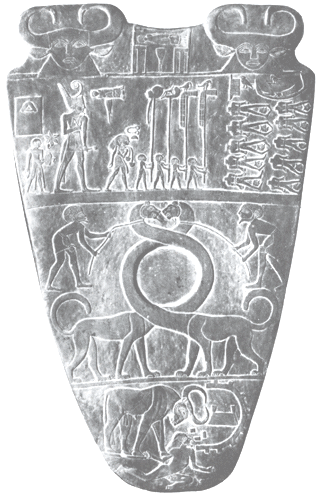
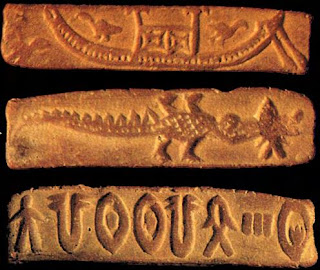






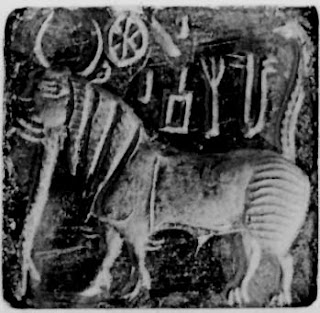


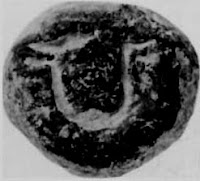








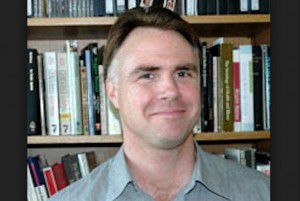
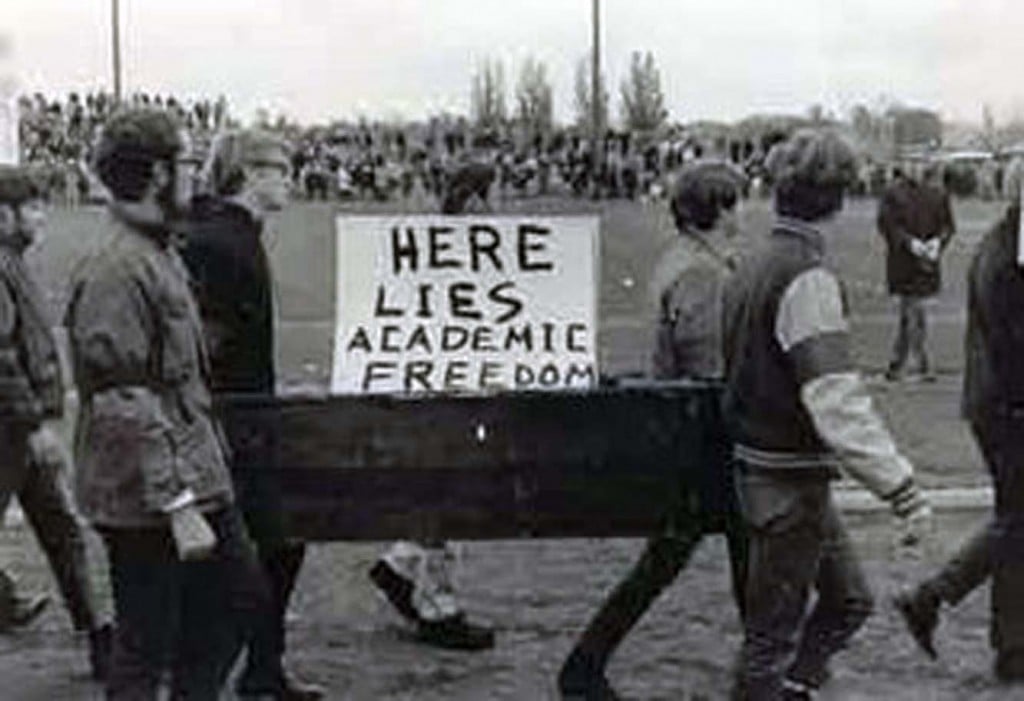
 Ram Madhav
Ram Madhav 


 The driver, sources said, used to ferry Michel during his visits to India and worked with him for close to four years.
The driver, sources said, used to ferry Michel during his visits to India and worked with him for close to four years.




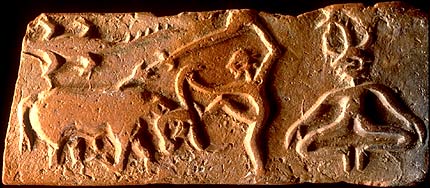



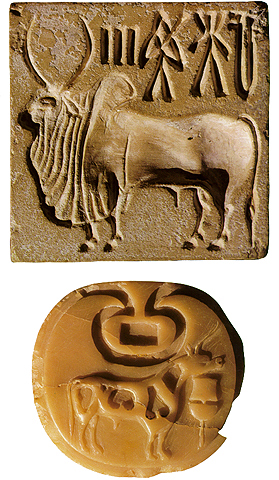

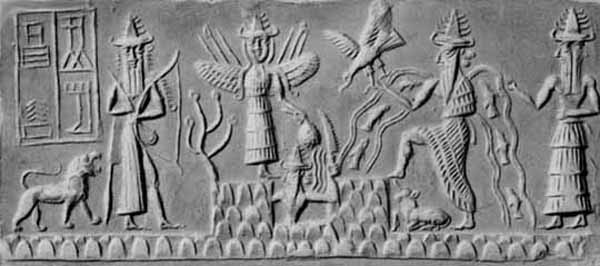




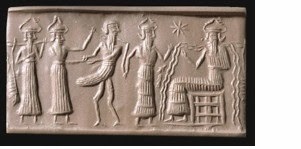


















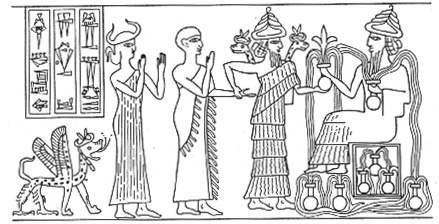









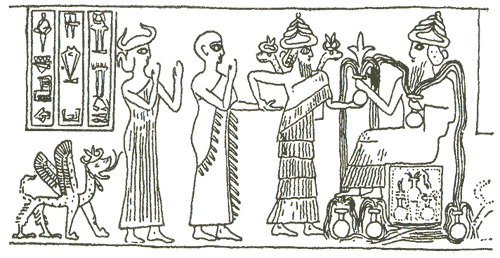
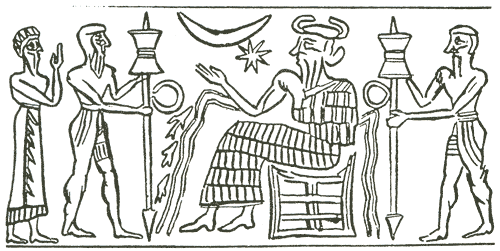
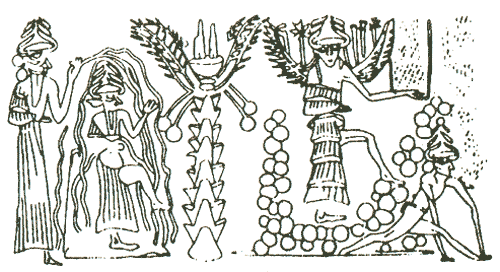

























 mora
mora_-2.jpg)
 Peacock.
Peacock. 




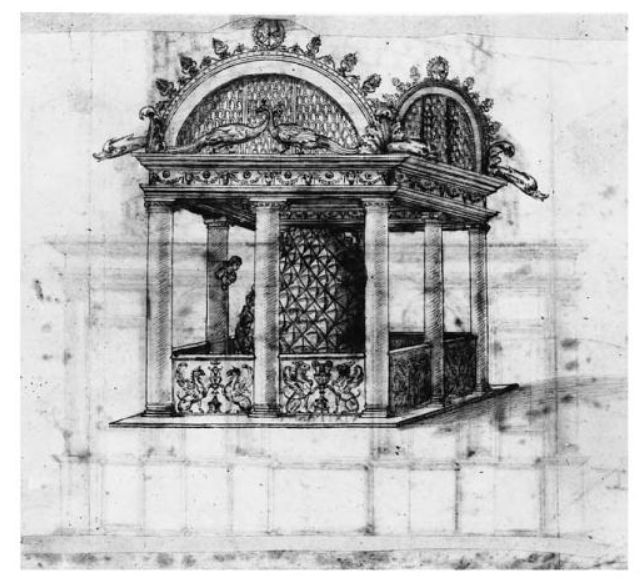


 Dhruv
Dhruv  Sourav
Sourav  Paramjit S Garewal
Paramjit S Garewal  deebee
deebee  Jagdish Shetty
Jagdish Shetty  Ashutosh
Ashutosh 












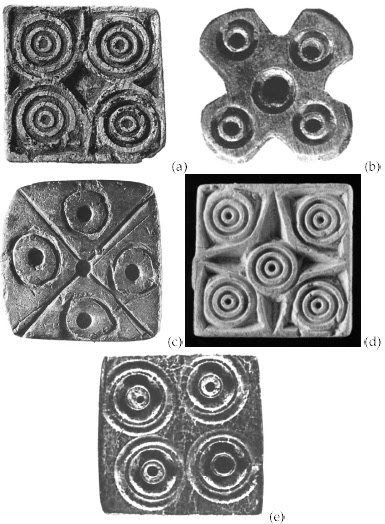
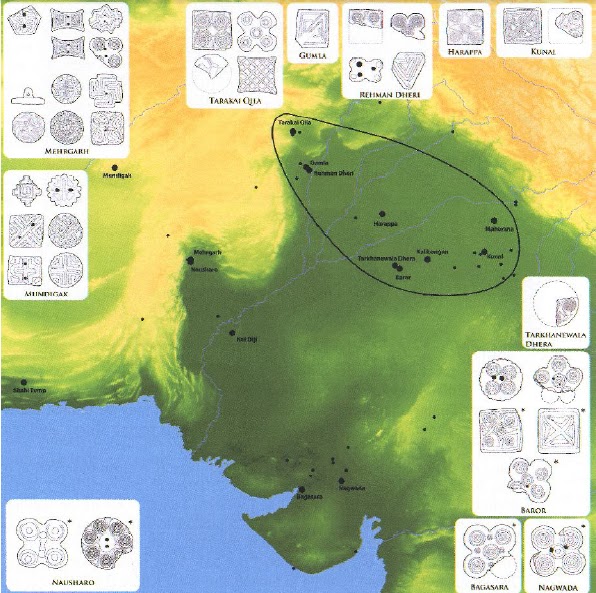
 Button seal. Harappa.
Button seal. Harappa.





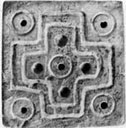




 Elamite bird (eagle?) with spread wings on an axe-head from Tepe Yahya (Lamberg-Karlovsky, C.C. and D.T. Potts. 2001. Excavations at Tepe Yahya, Iran, 1967-1975: The Third Millennium. Cambridge: Peabody Museum of Archaeology and Ethnology, Harvard University, p.216).
Elamite bird (eagle?) with spread wings on an axe-head from Tepe Yahya (Lamberg-Karlovsky, C.C. and D.T. Potts. 2001. Excavations at Tepe Yahya, Iran, 1967-1975: The Third Millennium. Cambridge: Peabody Museum of Archaeology and Ethnology, Harvard University, p.216).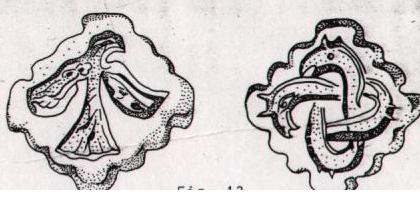 Two seals from Gonur 1 in thee Murghab delta; dark brown stone ((Sarianidi 1981 b: 232-233, Fig. 7, 8) eagle
Two seals from Gonur 1 in thee Murghab delta; dark brown stone ((Sarianidi 1981 b: 232-233, Fig. 7, 8) eagle 


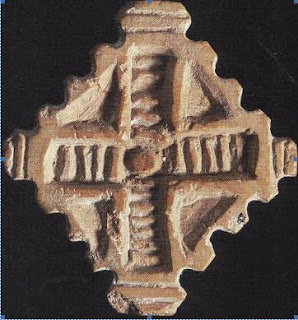
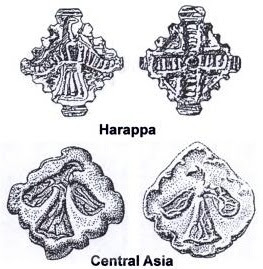 Hieroglyph: eruvai 'kite' Rebus:
Hieroglyph: eruvai 'kite' Rebus: 








